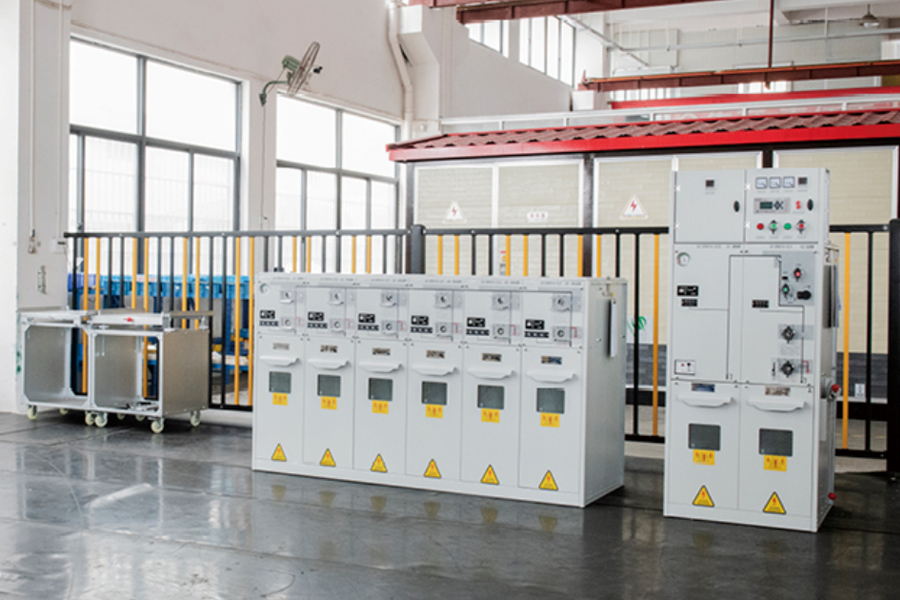Industry News
Inspection of Underground Cable Joint Boxes
Underground cable joint boxes are specialized enclosures designed to protect and house the joints where two or more underground cables are connected. These boxes are critical in maintaining the integrity, safety, and reliability of underground cable networks, which are widely used in power distribution, telecommunications, and other utility services.
The primary function of an underground cable joint box is to provide a secure, protective environment for cable joints below ground level. When cables need to be extended, repaired, or connected, the joint box acts as the enclosure that safeguards the connection point from environmental threats such as moisture, dirt, mechanical impacts, and chemical corrosion.
By ensuring a stable and sealed environment, these boxes help prevent faults caused by water ingress, physical damage, or oxidation. This protection is vital for maintaining continuous service and avoiding costly downtime in electrical or communication networks.
Underground cable joint boxes are typically constructed from materials that are robust, weather-resistant, and capable of withstanding the harsh underground environment. Common materials include high-density polyethylene (HDPE), polypropylene, or other durable plastics that resist corrosion and provide electrical insulation.
Some boxes are made from metal with protective coatings, but plastic enclosures are often preferred due to their lighter weight, ease of installation, and resistance to rust. The design usually incorporates tight-fitting lids or covers with seals or gaskets to ensure the enclosure remains waterproof and dustproof.
Cable entry points feature specially designed glands or knockouts that allow cables to enter while maintaining the enclosure’s integrity. These entry points prevent the infiltration of moisture and contaminants that could compromise the joint.
Underground cable joint boxes are widely used in various sectors:
Power Distribution: For connecting electrical cables in residential, commercial, and industrial power networks.
Telecommunications: To join fiber optic or copper cables in communication networks.
Infrastructure Projects: Including street lighting systems, traffic control wiring, and other public utilities.
Renewable Energy: For underground connections in solar farms or wind turbine installations.
The versatility of these boxes allows them to be adapted for different cable sizes, types, and jointing techniques.
Proper installation of underground cable joint boxes is essential to ensure their protective function. The boxes are typically buried in trenches or underground chambers, placed on stable bases to prevent shifting.
Before burial, the joint inside the box must be properly insulated and sealed according to technical standards. After securing the cables and sealing the box, the enclosure is backfilled with soil or sand, taking care to avoid applying excessive pressure that could damage the box or cables.
It is important to select a box with an appropriate size and ingress protection rating (such as IP68) for the specific environmental conditions. This ensures the box can withstand prolonged exposure to moisture and soil pressure.
Although underground cable joint boxes are designed to be low maintenance, periodic inspection is recommended. This can include checking for physical damage, water ingress, or signs of corrosion in metal parts.
Inaccessible locations may require scheduled maintenance during service interruptions to ensure continued reliability. Preventive maintenance can extend the lifespan of underground cable joints and reduce the risk of unexpected failures.
Using underground cable joint boxes enhances the safety and longevity of cable networks. They provide mechanical protection, reduce exposure to environmental hazards, and simplify the process of cable repairs and upgrades.

Next
Key Components of SF6 Vacuum Bottle Circuit Breakers
<p><a href="/product/engineering-vacuum-circuit-breaker/" target="_blank&quo...
View More- PRODUCTS
- New Energy Power Distribution Equipment
- Box Type Substation
- Cable Branch Box/Switch Station
- High Voltage Switchgear
- Low Voltage Switchgear
- Engineering Vacuum Circuit Breaker
- New Energy Vehicle Floor Charging Pile
- Commercial Energy Storage
- Photovoltaic Complete Box
- High Voltage Arrester
- INFORMATION
-
-
Phone+86-13868788848
+86-13356188725 -
Tel+86-0577-88810567
-
E-mail
-
AddNo. 59, Youyi Road, Xinguang Industrial Zone, Liushi Town, Yueqing City, Zhejiang, China
-
- ENQUIRE WITH US
Photovoltaic Module Manufacturer




 English
English  中文简体
中文简体  русский
русский  Español
Español  عربى
عربى 


